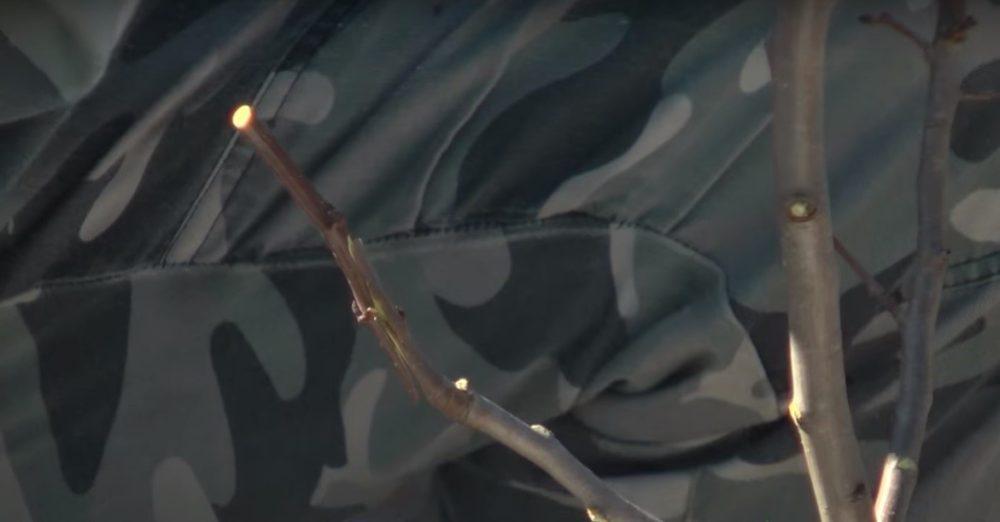Pear grafting with improved copulation method
 The pear is a pome crop, therefore, it must be grafted onto related fruit trees. With the help of grafting, several varieties of pears can be grown on the same tree. A pear is also grafted onto an apple tree, but the grafting takes root better on other varieties of pears.
The pear is a pome crop, therefore, it must be grafted onto related fruit trees. With the help of grafting, several varieties of pears can be grown on the same tree. A pear is also grafted onto an apple tree, but the grafting takes root better on other varieties of pears.
Two methods of pear grafting
There are two ways to vaccinate another pear varieties on the stock: budding and copulation. Budding is used only in nurseries. This method consists in the fact that a bud of a different variety is implanted on the branch of the stock. This method requires special tools and knowledge, because the fruit buds of the grafted variety may be incompatible with the stock. Therefore, gardeners use the copulation method. This method involves grafting a different variety of cuttings onto the tree. There is also a method for improved copulation. This method increases the survival rate of the cuttings and does not have the disadvantages of conventional copulation.
Pear grafting time, how best to store cuttings
It is better to plant young trees in which the crown is not too thickened yet. Such trees will be easier to form, they have more intensive sap flow, which improves the survival rate of grafting. Vaccination is done in early spring, when the snow begins to melt. At this time, sap flow has not yet begun, but after 1-1.5 months, the buds will begin to bloom. You can graft a pear in the fall, when the foliage falls from the tree, but then the grafted branch will take root worse.
Cuttings are prepared for grafting in the fall. They must be stored in the refrigerator at a temperature of +2ABOUTC - (+ 5ABOUTFROM).
If you cut the cuttings at the end of autumn, then they must be put in a bag and left for the winter in a snowdrift on the shady side of the house so that they winter better. This storage method is very convenient, since the cuttings do not dry out.
Correct pear grafting
Cuttings are grafted onto the lower tier of skeletal branches. A young pear recovers from wounds faster, so several cuttings can be grafted onto such a tree at a time. A highly developed branch is chosen for inoculation. It is advisable to find a place with two parallel buds and cut the branch. Next, one of the buds must be cut off. This is done in one motion so that the cut is even. The same oblique cut is made on the handle. Then the cambium of the cutting is cut in order to keep the cutting stronger on the branch. After the stalk is attached to the branch, the junction of the rootstock and the scion is fastened with electrical tape or special garden tape. Further, the cutting is shortened into four buds, and the cut site is treated with garden varnish.